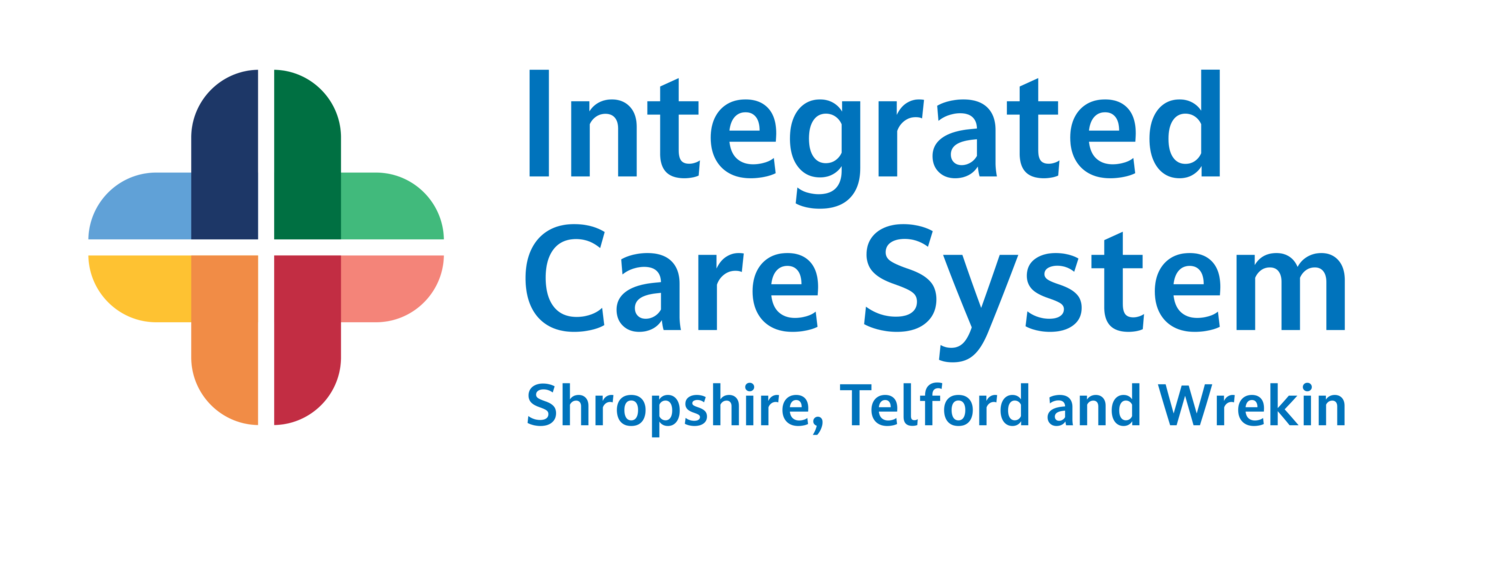You said, we did
We recognise how important it is for us to be open and transparent about how your comments and feedback help to inform our work, plans and commissioning decisions.
Here are some examples of the difference you made.
We sought feedback from some patient representatives on a patient facing communications to help manage people’s expectations and provide reassurance around waiting times.
The new Community Diagnostic Hub is being sited in Stafford Park 1 in the TF3 area of Telford, approximately 1 mile from the town centre. The site is accessible by public transport (bus and train) and has good car parking.
During a review of the High Intensity User Service, we were told that the name can lead to people feeling as though they are at fault, or to blame. In reality, a lot of multiple A&E attendances are not through choice, but through other services not meeting the person’s needs in the right way.
We pulled together a number of alternative names for the service with the help of patient representatives and those involved in the review, and asked people to vote for their preferred option.
Based on the outcome of the vote, the future version of the service will be called the Positive Lives Service.
Staff from the CCG visited ethnic minority groups within Telford and Wrekin to understand how different communities deal with mental health and access support.
Many of the people they spoke to weren’t aware of the support available, didn’t know how to access it, or experienced barriers in access due to language or cultural beliefs.
This led to the development of a mental health community event, involving partners from the local health and care system and community leaders. The event was an opportunity to share and gather further insight about people’s experiences and views of mental health support and raise awareness of the support on offer.
The event has enabled the health and care system to develop stronger links with the different communities and generated recommendations for the system to take forward.
To read the evaluation report, please click here.
Through the engagement that helped shape our Palliative and End of Life Care Strategy, people identified that communities need to be supported to talk about death and dying. We set up a working group, including and chaired by members of the public, called the Growing the Conversations Group. The group developed resources, put together sessions on the local radio, and ran a number of events in the community, to support professionals and members of the public to have these conversations.
Concerns raised regarding the proposed hub site on Oteley Road have been taken into consideration and other potential options are now being reviewed by a wide range of stakeholders, including patients.
Feedback was presented to the Shropshire Integrated Place Partnership Board (ShIPP) relating to a family and patient experience following an elderly person falling, spending a prolonged period on the floor and then requiring residential care. Through a joint piece of work between health and social care, staff were identified to take forward a falls action plan to prevent long lies.
To inform our plans to develop two new wards to support people who no longer need to be in an acute hospital bed but can’t be supported safely at home, last year, we invited people who may use the services in the future to have their say.
We wanted to understand what was important to people when accessing the wards, what they felt was a suitable name for them, how we should describe them and what else people might need to support their recovery.
Our engagement officers visited 11 groups throughout November, including befriending and wellbeing groups, housing trust residents, long-term condition groups and carers, around the county to introduce the proposal and listen to people’s views and feedback.
We then asked our People’s Network, an online community of around 400 local people, for their views on the names people had suggested.
All this insight was analysed to produce a final engagement report highlighting key themes, conclusions and recommendations for the Sub-acute Ward Steering Group to consider in their plans.
The majority of people were in favour of the proposals and communications came out strongly as key to designing and delivering the new services. People told us that the wording we were proposing to describe the wards was too complex and medicalised. They suggested that the words used need to be from the perspective of the person accessing the services.
All groups responded negatively to the term ‘sub-acute’ and felt the name of the wards should be positive and reassuring. Of the six suggested names put to the People’s Network, the three which ranked highest were ‘Hospital to Home Unit’, ‘Rehabilitation and Recovery Unit’, and ‘Active Recovery Unit’.
As a direct result of the engagement, the Steering Group has committed to revise the way it describes the services in any public communications and, in line with people’s preferences, has agreed the name for the new wards will be ‘the Rehabilitation and Recovery Units’.
Thank you to everyone who took the time to participate in the engagement. Your valuable feedback has helped to inform the development of the new wards to ensure they meet the needs of patients, their families and carers. To read the final engagement report please click here.
To inform our Joint Forward Plan, we launched the Shropshire, Telford and Wrekin Big Health and Wellbeing conversation programme of engagement with our communities, staff, and partners. Our approach was to collaborate extensively with local people who use health and care services, their families and any carers, local political stakeholders as well as members of the public, including seldom heard groups, to ensure that our residents help inform our decisions. To read our plan click here.
To listen to a summary of the findings from our Big Health and Wellbeing conversation please watch our short animation.
We sought the views of people who have or are likely to use our GP Out of Hours service to help shape a new service specification and procurement process.


